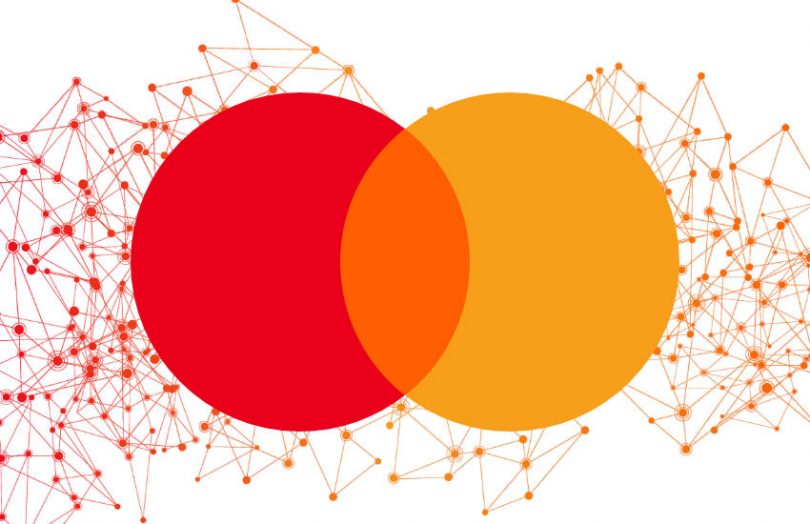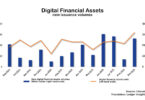The U.S. Department of Commerce called for input on digital asset regulation, following President Biden’s Executive Order on digital assets. By Friday, just eight responses were received. Two banking bodies – the American Bankers Association and the Independent Community Bankers of America – called for stablecoin regulation and neither is keen on central bank digital currency (CBDC). Mastercard provided the only substantial response of 16 pages. The closing date for the consultation is today.
Mastercard believes that the United States has all the attributes to lead the global digital assets sector, except for the lack of regulatory clarity. Its response is very balanced, avoiding laying the blame at regulators’ feet by acknowledging some innovators’ ‘wild west disposition’. It notes the issue is not limited to the United States.
“Lack of clarity and consistency has the effect of chilling innovation, and therefore competitiveness, on a global scale,” says the Mastercard response.
Article continues …

Want the full story? Pro subscribers get complete articles, exclusive industry analysis, and early access to legislative updates that keep you ahead of the competition. Join the professionals who are choosing deeper insights over surface level news.






